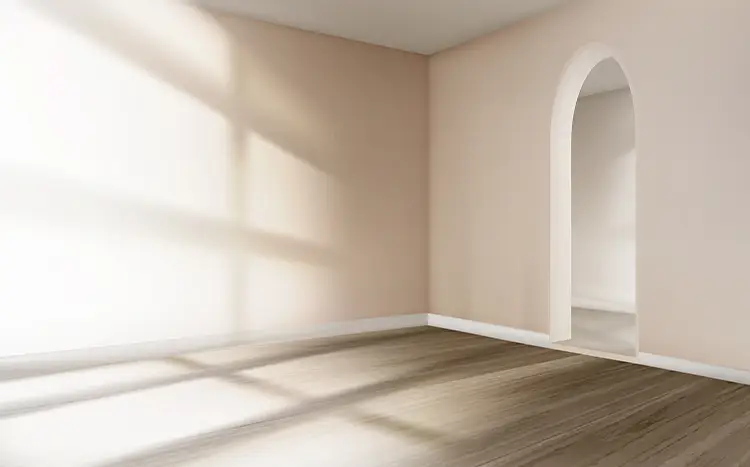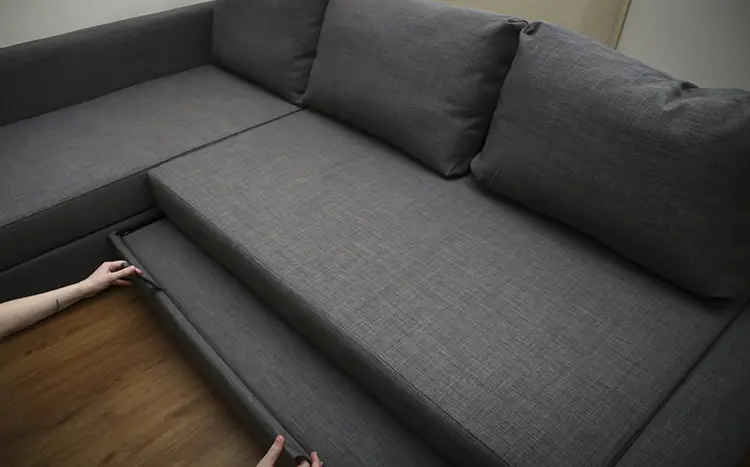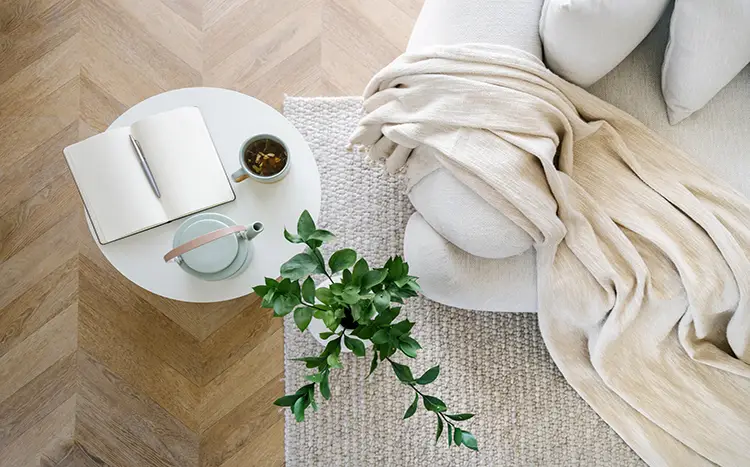Turning Empty Rooms Into Useful Spaces
Published on December 22, 2023 | 4 Minute read

Melanie
Ortiz Reyes
Content Specialist
Empty rooms can be a blank canvas, brimming with untapped potential. Whether facing an unused guest room, an empty attic, or a neglected basement, transforming these spaces into functional areas can add significant value to your home.

Assessing the Space and Identifying a Purpose
Before embarking on a transformation journey, it's crucial to assess the space at hand. Consider the size, layout, and natural lighting of the room. Identify its strengths and limitations. This initial step lays the foundation for a successful transformation, helping you make informed decisions about the functionality and design of the space.
Empty rooms become transformative when they serve a specific purpose. Consider your lifestyle and needs to identify a purpose for the space. It could be a home office, a fitness area, a cozy reading nook, or even a playroom for the kids. Clearly defining the purpose of the room guides subsequent decisions and ensures that the transformation aligns with your goals.
Create a Budget
Establishing a budget is a practical and necessary step in any home improvement project. Determine how much you're willing to invest in the transformation, including expenses for furnishings, decor, and potential renovations. Having a budget in mind helps you prioritize expenditures and make cost-effective decisions without compromising on the overall vision for the space.

Maximize Natural Light and Choose Versatile Furniture
Natural light can significantly enhance the appeal and functionality of a room. Consider ways to maximize natural light, such as choosing light-colored curtains, strategically placing mirrors to reflect light, or opting for sheer window treatments. If the room lacks sufficient windows, explore the possibility of adding skylights or installing larger windows to brighten up the space.
Selecting versatile furniture is key to making the most of a transformed space. Choose pieces that serve multiple functions, such as a sofa bed for a guest room that can double as a sitting area or a foldable desk for a home office that can be tucked away when not in use. This approach ensures flexibility and adaptability in the utilization of the room.
DIY Projects and Storage Solutions
Injecting a personal touch into the transformation adds character to the space. Consider engaging in simple DIY projects, such as creating custom wall art, repurposing furniture, or adding decorative elements like accent walls. Personalization not only makes the room unique but also fosters a sense of ownership and connection to the space.
Efficient storage is a crucial aspect of turning an empty room into a functional space. Explore creative storage solutions that maximize the available space while maintaining a clutter-free environment. Built-in shelving, under-bed storage, and multifunctional furniture with hidden compartments are excellent choices to keep the room organized and visually appealing.

Incorporate Technology and Focus on Comfort
Embrace technology to enhance the functionality of the space. Depending on the room's purpose, consider integrating smart home devices, ambient lighting, or a state-of-the-art sound system. Technology adds convenience and contributes to the modernization of the transformed space.
Regardless of the room's intended use, comfort should be a top priority. Invest in quality seating, cozy textiles, and ergonomic furniture. Create inviting atmospheres with soft lighting, plush rugs, and comfortable throw pillows. Prioritizing comfort ensures that the transformed space is not only practical but also a joy to spend time in.
Natural Elements and Energy-Efficient Upgrades
Bringing the outdoors inside can breathe life into a transformed space. Incorporate greenery with houseplants or a small indoor garden. Natural elements, such as wooden furniture or stone accents, add warmth and create a harmonious connection between the indoors and outdoors.
If the room transformation involves updates to lighting, appliances, or insulation, consider energy-efficient upgrades. This not only contributes to a more sustainable home but also reduces long-term utility costs. Choose LED lighting, install energy-efficient windows, and explore eco-friendly materials for furnishings to create an environmentally conscious space.

Regular Maintenance and Updates
Once the room has been transformed into a functional space, it's important to prioritize regular maintenance and updates. Periodically assess the room's condition, address any wear and tear, and make adjustments as needed. This approach ensures the longevity of the transformed space and allows for ongoing improvements.
Transforming empty rooms into useful, purposeful spaces is a rewarding endeavor that enhances your overall quality of life while adding value to your home. By carefully assessing the space, identifying a clear purpose, and implementing creative design and functionality solutions, you can unlock the full potential of every room in your home. Whether you're creating a home office, a cozy reading corner, or a versatile guest room, these tips will guide you through the transformation process, turning empty spaces into thriving, personalized areas that cater to your unique needs and preferences.